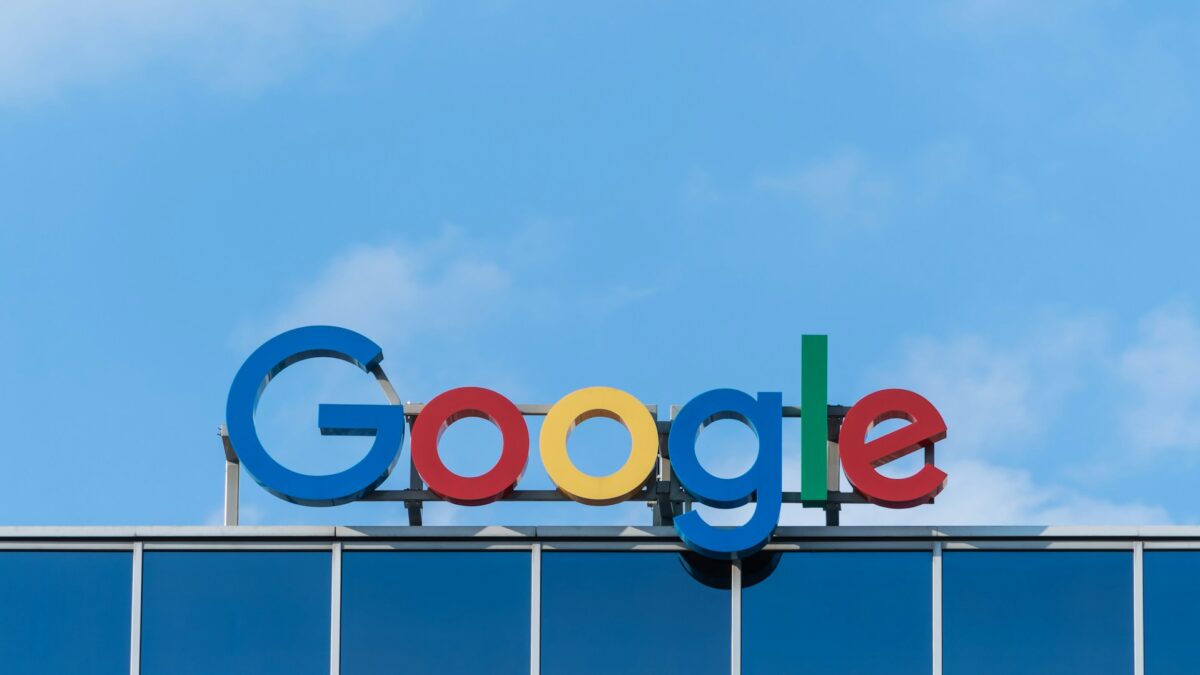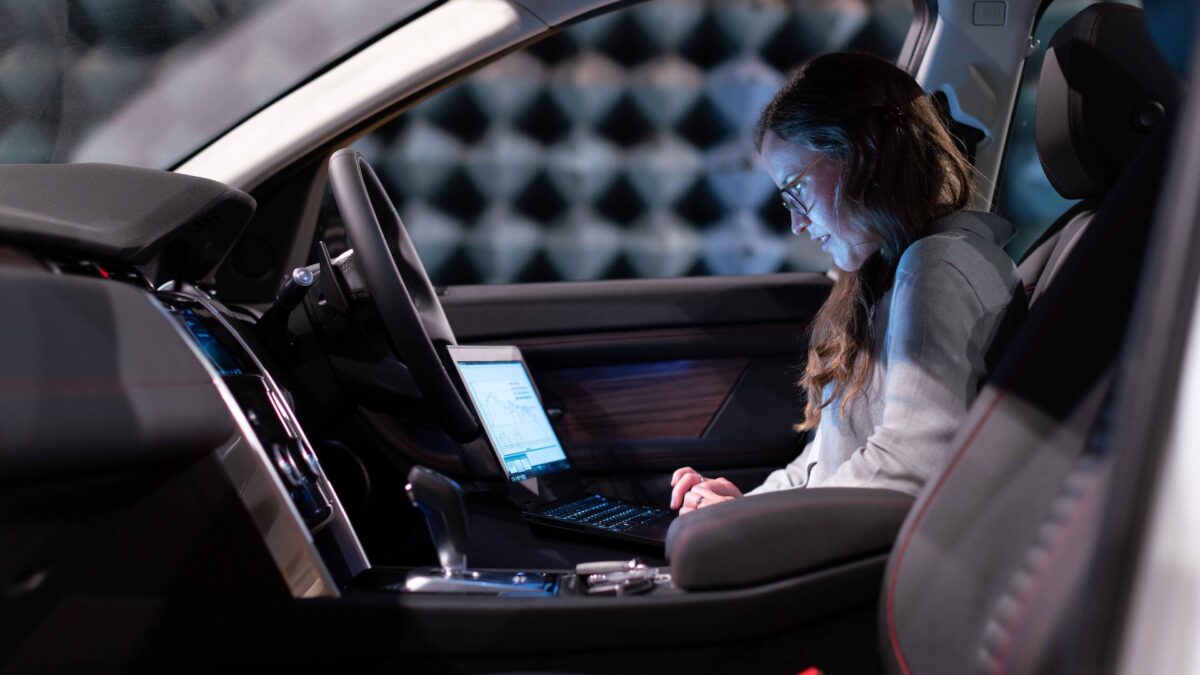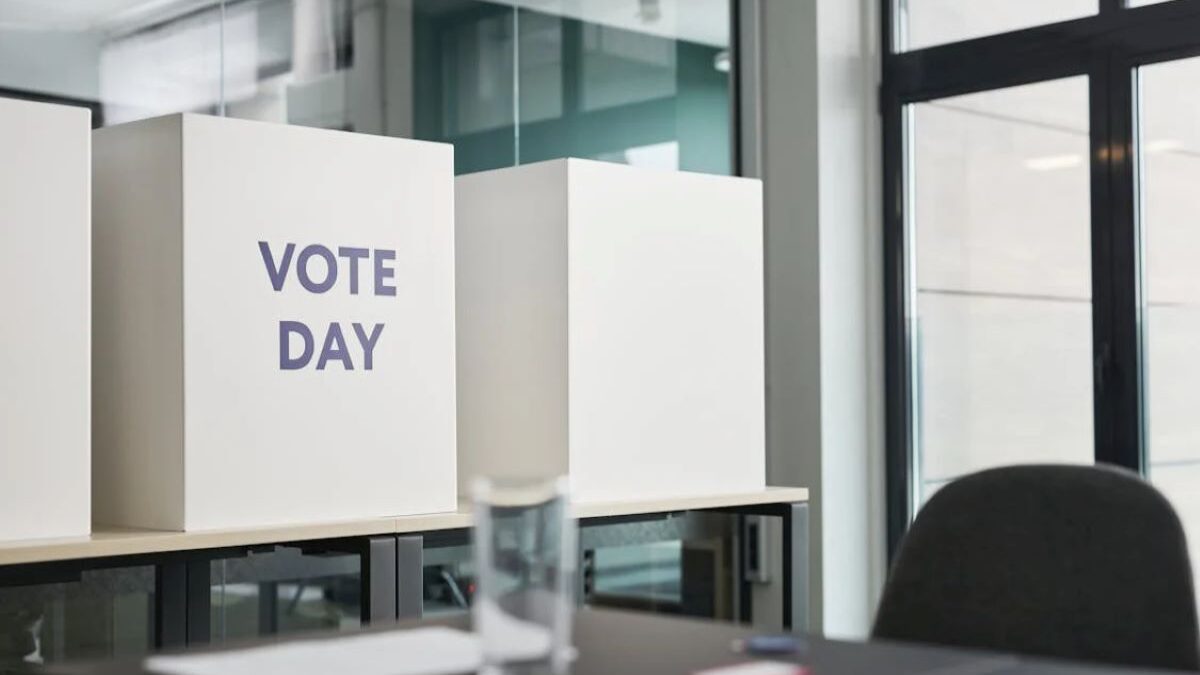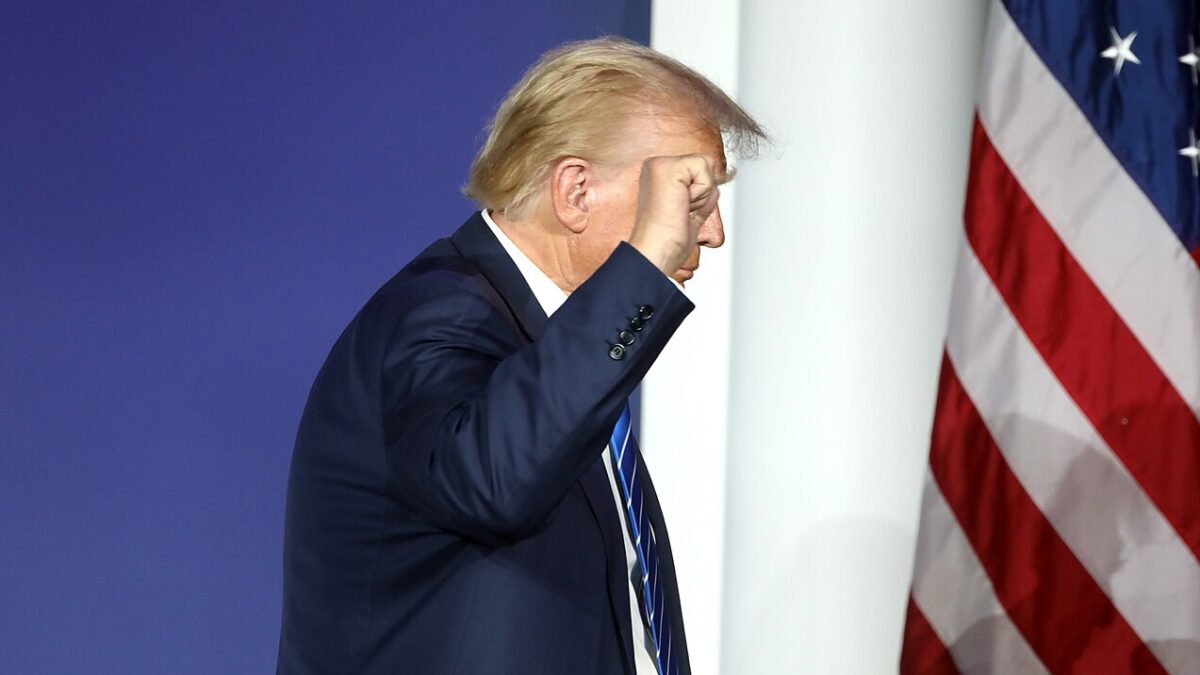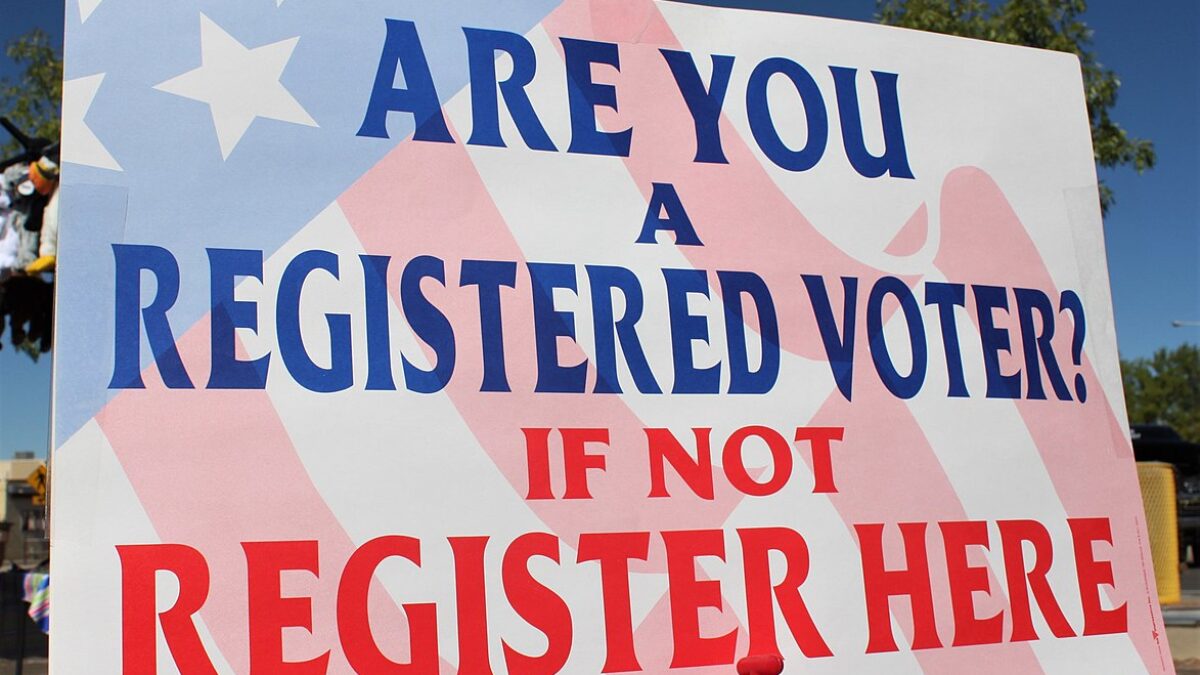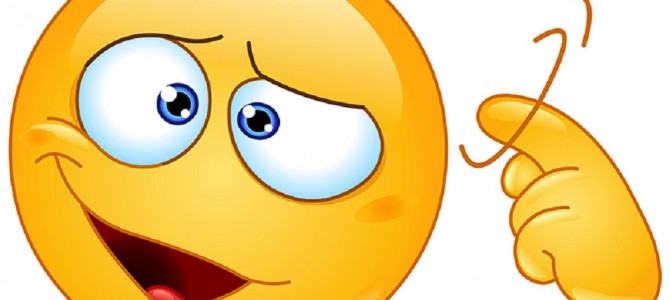
In the history of tweets, Clorox’s April 9 tweet was not very interesting. It was just another banal corporate promotion meant to capitalize on a trending news story. “New emojis are alright but where’s the bleach,” Clorox said.
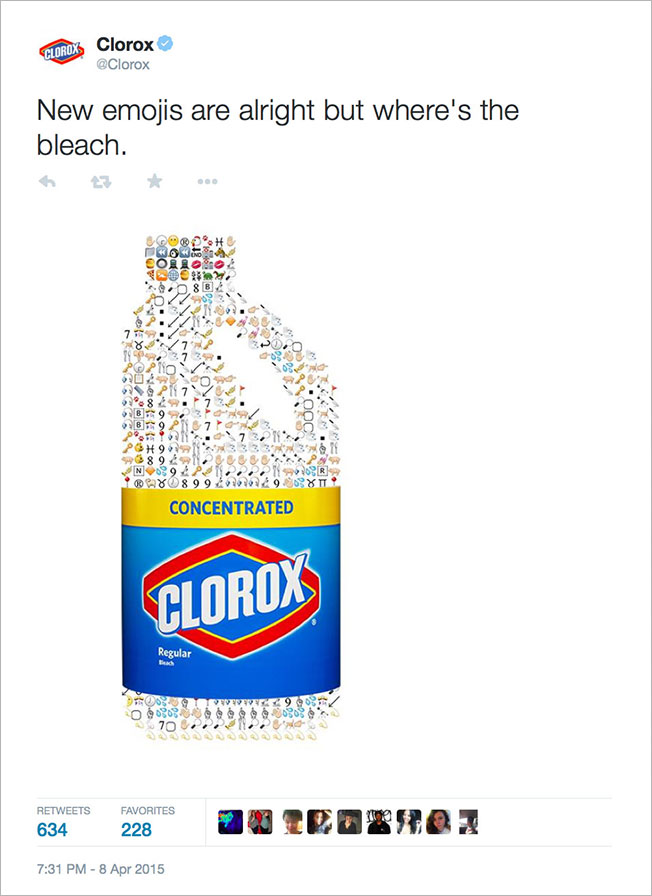
Yet the tweet was so “controversial” that Clorox had to tweet an apology:
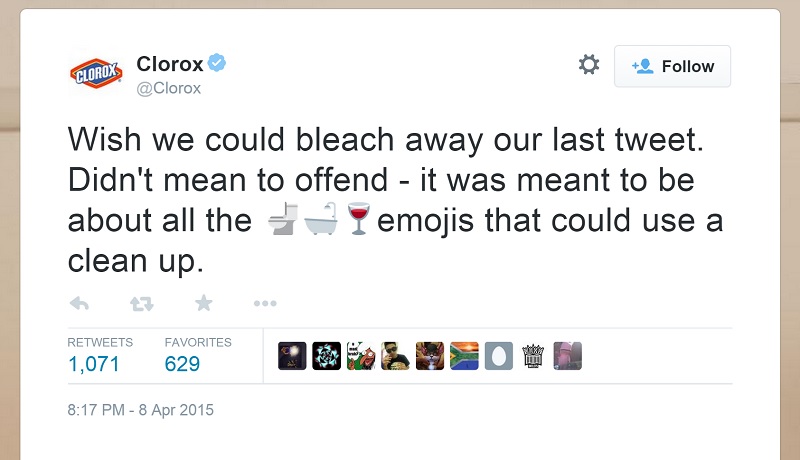
Apparently some people thought Clorox wanted to bleach the skin color of Apple’s new diverse emojis. It appears Clorox just wanted what many emoji activists have been fighting for: an emoji that represents them.
Who can blame them? Activists have been campaigning for emojis that “look like me” for some time. Even MSNBC host Ronan Farrow devoted some time of his show in 2014 to ask, “Do you think there’s a limitation we’re suffering from in terms of the racial diversity of these emojis?”
If the racial makeup of emojis is a national issue worthy of cable news time, then we must have made progress on some of the larger racial issues. Still, it seemed a harmless campaign to add more diversity to cell phone keyboards.
A Racist In Every Tweet
But with racial issues, it is never that easy. As the reaction to the Clorox tweet shows, some people like to see racism everywhere. Paige Tutt, associate editor of MMR Magazine, wrote an article for the Washington Post’s PostEverything blog arguing that, “Apple has allowed for further racial segregation with these new emoji.” Tutt argues that now people will inevitably see race everywhere.
Because I’m black, should I now feel compelled to use the “appropriate” brown-skinned nail-painting emoji? Why would I use the white one? Now in simple text messages and tweets, I have to identify myself racially. I’ll now question other people’s emoji use when they’re speaking to me: Why is he sending me the black angel emoji specifically? Why is she sending me the black-girl emoji instead of the white one? What Apple has done is introduce race into everyday conversations where it doesn’t necessarily need to be.
She may be right, but this doesn’t mean there is a problem with the new emojis. It is a problem with people reading race into everything where there never was a racist intent or racist action. Sending a message with a black emoji doesn’t express a racist message. It doesn’t harm anyone. In fact, for a long time activists had been campaigning for more diversity. Now that there is more diversity, some are decrying that very diversity as racist.
Ultimately, though, it is a relatively trivial issue what an emoji looks like. In fact, the whole emoji controversy is about more than just race; it is also about a kind of ultra-sensitivity that millennials have about themselves and their self-worth.
Affirm Me, Or Else
Millennials who grew up in the era of participation trophies and valuing “self-esteem” over all else end up looking for affirmation everywhere—even on their cell-phone emoji keyboards. It is not enough for emojis to be diverse. They have to “look like me.” As Tutt wrote, “Sure, it’d be nice to see some emoji that look like me. But, at the end of the day, none of these really do.” Well, of course not. We all have different hairstyles and facial features. These emojis, anyway, look like cartoons with circular faces.
A redhead who goes by the name Ginger Parrot started a petition at Change.org for redheaded emojis, saying, “If you say you’re going to diversify, why not add a few red-haired emoji in the mix? Natural redheads may be rare at less than 2% of the world’s population, but that is 138,000,000 iPhones waiting to happen.”
Tutt noted that Apple didn’t actually create any new black emojis with radicalized features:
The blond-haired emoji man and the blue-eyed emoji princess are clearly white, but you can slip them into a darker-colored skin. These new figures aren’t emoji of color; they’re just white emoji wearing masks.
Understandably, Apple didn’t want to create caricatures, giving those emoji an afro or thicker lips. But the company had already done something similar. With the first batch of emoji, they clearly identified one character as Asian, giving it narrow eyes and a skull cap. Another was clearly identified as Middle Eastern, with browner skin and a turban.
Incidentally, Tutt was right that giving an emoji character afro-style features would indeed have begged controversy. In fact, about the turbaned character she mentioned, Ronan Farrow said, “It’s not a particularly nuanced portrayal.” Apple would be criticized for portraying a figure with radicalized or cultural (in the case of a turban) features or for not doing so.
Tech Limitations Bar Wider Options for Emojis
Yet there is also a good technical reason Apple hasn’t moved too quickly to introduce more emojis. Emojis must be standardized to appear on different operating systems. The Unicode Consortium is tasked with coming up with new symbols and getting them integrated across systems and fonts, and the symbols look different depending on font. If you type a lollypop into your text editing program, for example, it will display in black and white on most fonts. Apple and other operating systems have introduced color into their emojis for messaging.
As the Unicode Consortium says,
As with the examples of emoji characters representing food items above, an emoji character like U+1F474 OLDER MAN can vary in appearance depending on the font. Unicode does not require a particular racial or ethnic appearance—or for that matter, a particular hair style: bald or hirsute. However, because there are concerns regarding the emoji characters for people, proposals are being developed by Unicode Consortium members to provide more diversity. These proposals include investigation of use of the Fitzpatrick scale to allow greater diversity in the presentation of emoji characters.
If one company introduced new characters to their OS unilaterally, they wouldn’t show up on other systems. In fact, Apple’s new emojis, which also include homosexual relationships and families, don’t show up on old versions of the iPhone OS. The Huffington Post noted, for example, that when an emoji of a four-person family with two male parents is sent to an old version of iOS, the family is translated into four separate emojis of male faces. When darker-skinned emoji faces are sent, they are accompanied by aliens in black boxes.
Even characters sent from an iPhone look different when rendered on an Android. The white police officer on iOS is a black police officer on Android. The blond boy is a blonde girl. An angel with a halo over brown hair on iOS has blond hair on Android.
Emojis were never meant to represent every single person’s appearance. The “OLDER MAN” emoji is just an older man, not a “60-YEAR-OLD REDHEADED MAN WITH GLASSES.” The most basic emojis were just smiley yellow faces. As cell phones became more advanced, they started to include cartoonish human forms. Thus, the emojis began to take on the appearance of races. Apple’s new system uses bright yellow skin as the default for emojis—like the color of smiley faces, or Simpsons characters—and lets users pick one of five shades based on the Fitzpatrick scale. Some people thought the yellow default was meant to represent Asians, eliciting minor controversy.
Chill Out, People, and Smile
Continuing to expand the number and scope of emojis is a good thing. It expands our ability to convey different messages. If some people don’t want to send a certain emoji because they don’t like it or think it will be misunderstood, that is their choice. With so many characters on the keyboard, we can express a wide variety of messages as we see fit.
Tutt notes that some people have used the dark-skinned emojis to share racist messages. Such messages should be condemned, but they don’t say anything about the wisdom of introducing new emojis. They only say something about the person expressing the message. Even text can be used to share racist messages, yet that isn’t a condemnation of the printing press or the keyboard.
But would it be too much to hope that people become a little less judgmental and take things more lightly? If someone sends you a message with a smiling face, the first reaction shouldn’t be to analyze what message he or she was sending by the race of the face. The message of a smiling face is one of happiness, in any race.


